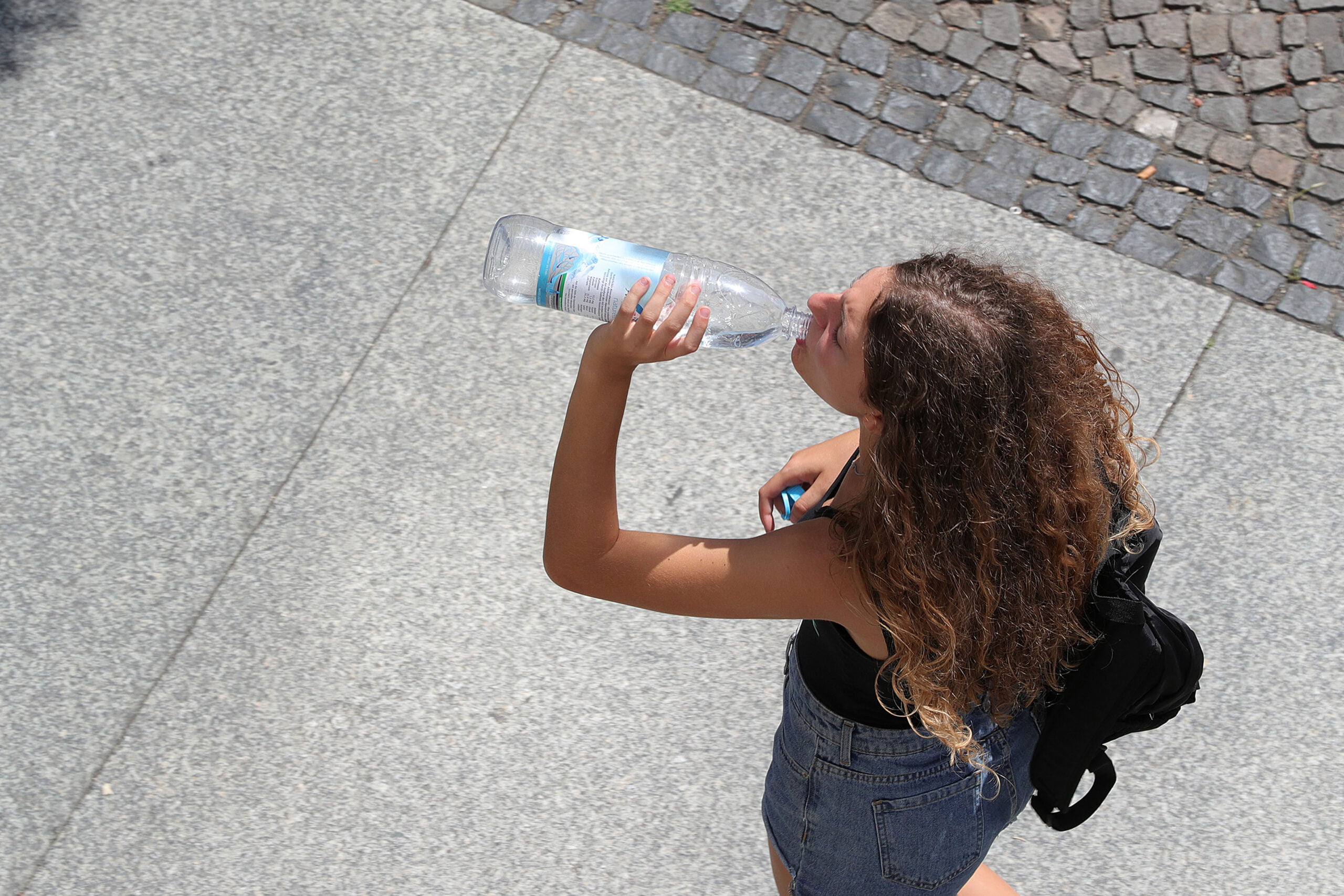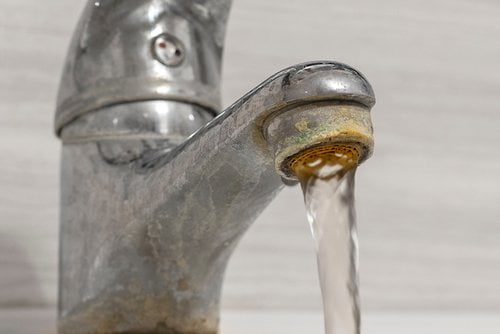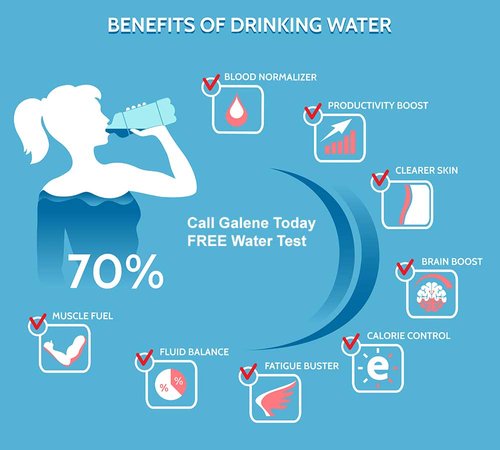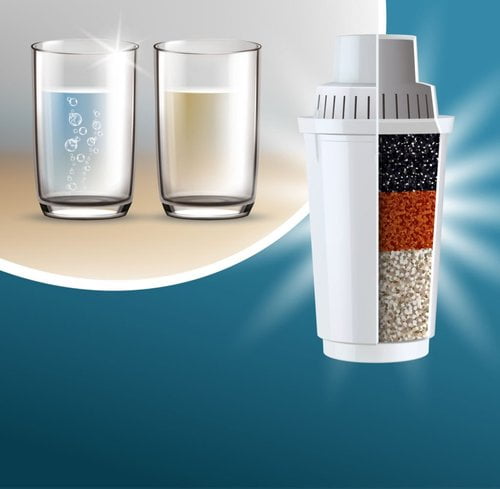Our underground water is becoming increasingly contaminated all across the US, and not just in rural areas.
What is this thing called “ground water” anyway?
A raindrop or a snowflake that melts into the ground doesn’t stop moving. Surface water flows into streams, lakes, and rivers. Some of it evaporates quickly back into the air. The water seeps into the soil, providing nutrients to plants and their roots. What’s left of the water then flows through layers of sand, soil, and rock until it reaches a rock layer which blocks its progress.
As seepage from the surface continues, the sand, soil, and rock above the blockage saturate. At any time, the top saturation level is called the “water table”. “Ground water” is water that has been saturated below the water table.
And this ground water can move too. Once it can’t seep down any further, it can and often does move sideways, forming underground “aquifers”. In short, these aquifers can carry rainwater many miles from where it fell to earth.
The USGS reports that over 50% of the US population relies upon ground water for drinking and other household uses, and nearly 100% in rural areas. It’s further estimated that 75% of cities and manufacturing facilities use ground water in some way.
What’s contaminating ground water in the US?
The population explosion, aging infrastructure, and industrial expansion the US has experienced over the last 50 years are having an increasingly negative effect on the quality of our ground water. More organic and inorganic chemicals, minerals, and bacteria are being released into ground water aquifers than ever before.
A wide range of sources of contamination exist, including small and large industrial operations, dumping sites, oil and gas mining operations, agricultural fertilization, animal feeding operations, malfunctioning waste treatment facilities, and septic systems.
Further, the Groundwater Foundation estimates that there are over 10,000,000 underground commercial and private petroleum and chemical storage tanks located throughout urban and rural areas of the US, many of which are corroding and leaking due to age or lack of maintenance. Additionally, there is thought to be over 20,000 known abandoned and uncontrolled hazardous waste sites releasing toxic contaminants into the ground water, and that number is growing yearly.
Amazingly, even some treatments that are used to ensure the “safety” of our drinking water, e.g. Chlorine, can combine with rotting material to form known carcinogens in ground water.
Why should we be concerned?
Presence of these contaminants in drinking water can lead to serious health issues. Gastrointestinal, neurological, vascular, and reproductive problems have been seen across all demographics in both rural and urban settings, the severest of which are often seen in infants (blue baby syndrome), children, the elderly, and people with compromised immune systems due to chemotherapy, transplant medications, AIDS, etc. If the source of your drinking water is local underground water, you should be concerned and become an informed consumer.
What can we do about it?
Government agencies such as the CDC and EPA are responsible for the safety of our drinking water in the US. They and special interest non-profit organizations such as the Groundwater Foundation and the Environmental Working Group recommend:
Request water quality reports from your local water commission to learn more about local ground water issues. For a better understanding of trends in ground water contamination, review relevant reports published by the CDC and EPA.
If you’re drinking water is sourced by local groundwater, get your water tested annually by a certified testing lab.
Review your drinking water filtration options to ensure safe drinking water in your home.
Call Now and Schedule Your Free Water Test From Galene at (844) 942-5365





